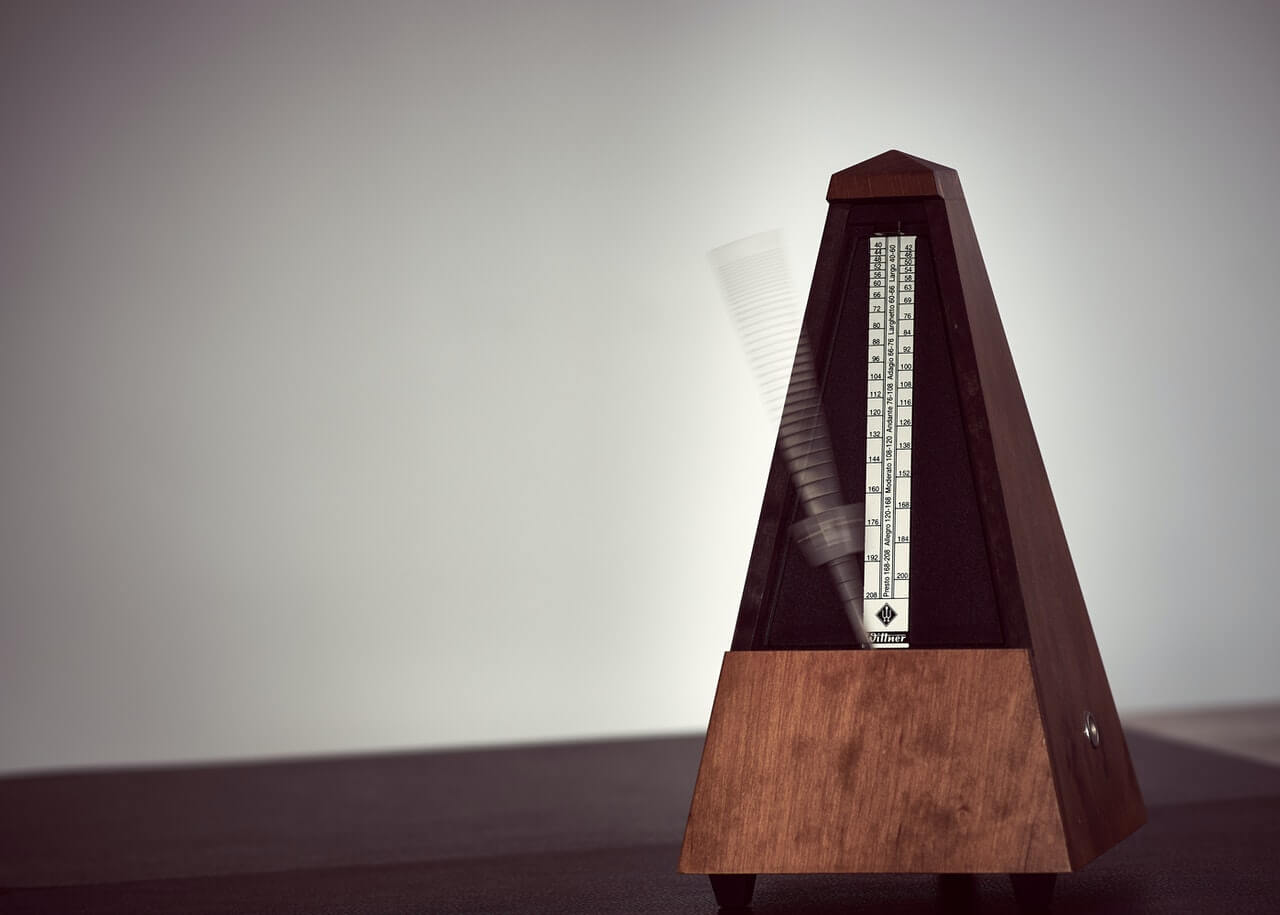I was listening to The Entrepreneurial Musician podcast the other day, with the host Andrew Hitz interviewing John Mlynczak, the managing director of NoteFlight.
Noteflight is online music notation software, very similar to Flat.io. I looked at several different notation programs a few months ago (Finale, Sibelius, Musescore, and Flat.io), and while I didn’t include Noteflight, it’s on the schedule to take a look at it in the future.
But before John became the manager of NoteFlight, he was studying trumpet and music education at Virginia Commonwealth University and LSU.
The story is quite funny, especially if you (like me) enjoy the mental image of some hotshot undergraduate trumpet player being instantly humbled. You can find the episode on any podcast app (it’s #171) or you can listen online here. The story happens early on, but if you can’t wait, then you can skip to about the 8-minute mark.
The shorter and less-funny version is that John thought he was pretty hot on a new piccolo trumpet when the trombone professor (Ross Walter) decided to give John a “lesson” on it. The lesson involved recording a short excerpt, and then playing it back one octave lower (and half speed).
What John was able to hear, when the recording was slowed down, was all sorts of inconsistencies in pitch, tone, and articulation. Listen for the full story – including a hilarious mic drop comment at the end!
But the lesson that John learned – you are only as good as your ears – is what stuck with me.
One of the questions I ask students after they play something is “what did you hear?”.
It’s a simple question, but the act of listening while you play, and comparing what you hear to what you want to hear is fundamental for any practice session to be productive.
During the first few lessons, it’s (usually) evident that most students don’t listen to themselves while they play. And the few that do listen often don’t have a quality template of their desired sound to follow.
To be honest, actively listening while you play is tough – especially for younger students. If that’s the case, though, the ready availability of things like smartphones, handheld recording devices, and free software like Audacity makes it easy to record yourself playing and then listen back after you’re done playing.
Unless you know what you do well (and what you do poorly), you can’t intelligently plan out practice to make the most of your time.





